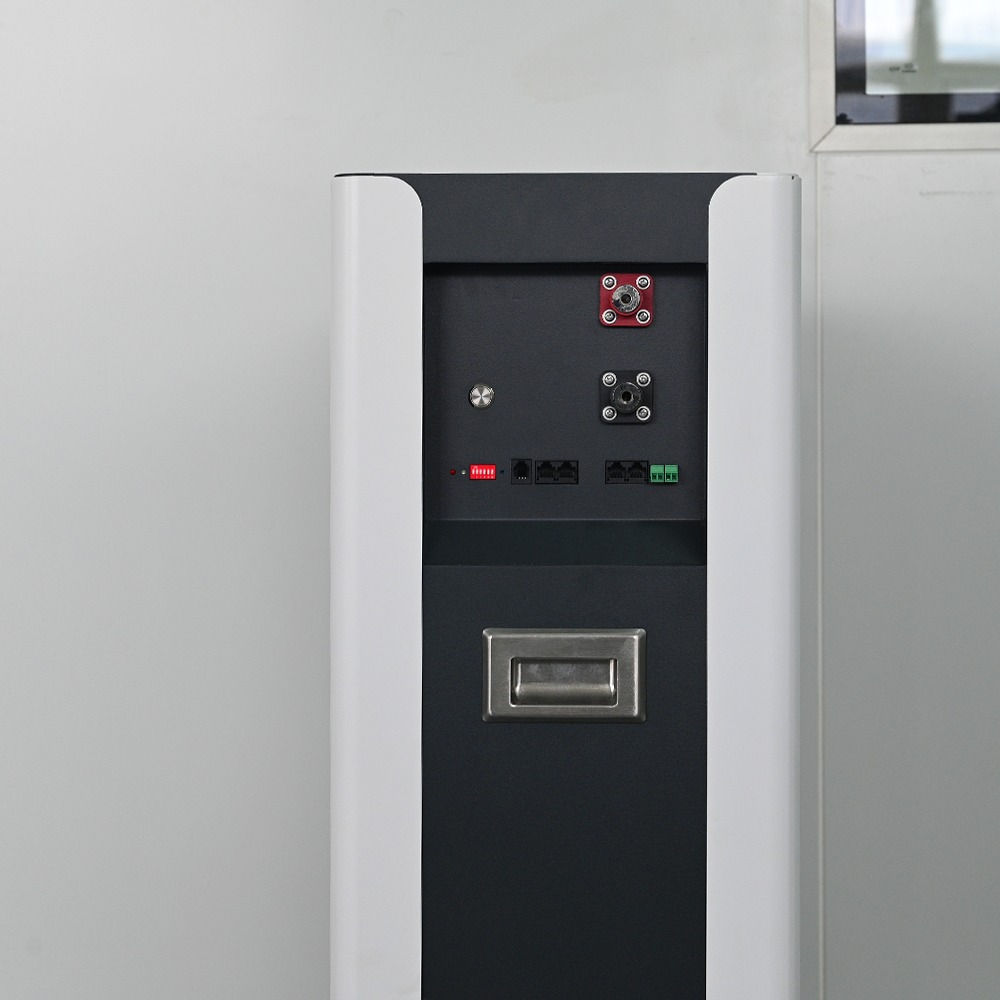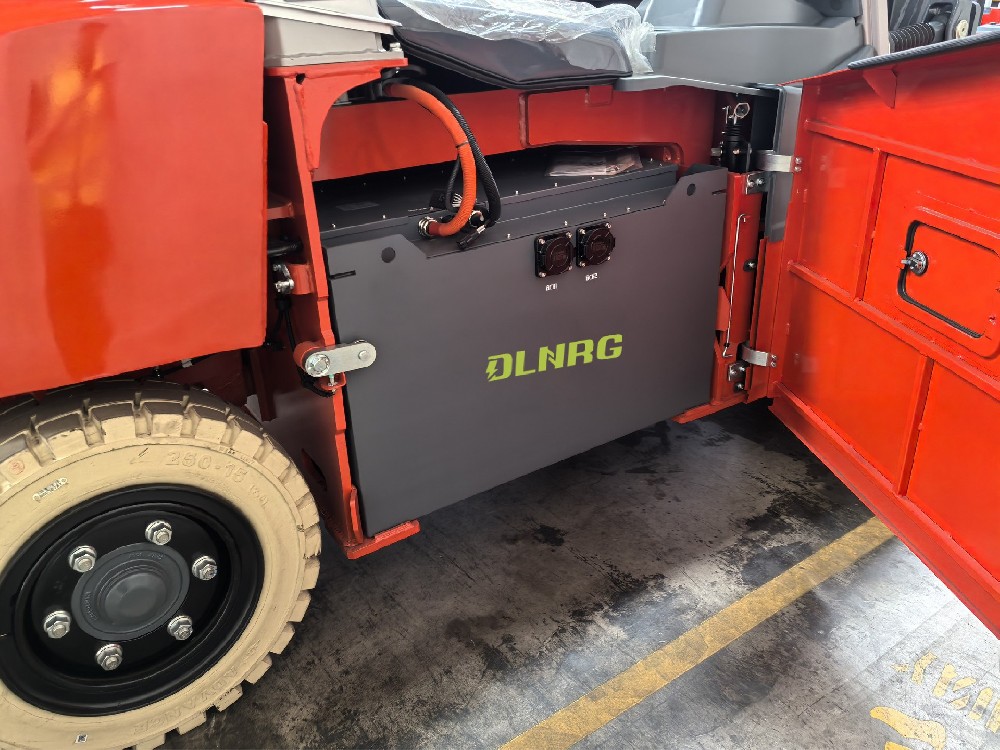Against the backdrop of increasing attention to global climate change and sustainable development issues, environmental, social and governance (ESG) requirements are profoundly influencing companies' material handling equipment procurement strategies. Purchasing material handling equipment such as forklifts is no longer just a simple process of shopping around, choosing the best product and recording the expenditure on the books. Instead, it has become a comprehensive task involving multiple considerations and complex decisions. This article will explore how ESG requirements affect the procurement of material handling equipment and how companies can adapt to this new trend.
With the severe challenges of climate change, the role of ESG strategy in material handling equipment procurement is becoming increasingly prominent. Companies must not only pay attention to the performance, price and maintenance costs of the equipment, but also must consider environmental factors such as its carbon footprint, energy efficiency, waste disposal and recycling. At the same time, the social responsibility and governance level of suppliers have also become important considerations. This requires companies to be prepared to discuss relevant ESG data with customers during the procurement process and provide accurate information during the sales and contracting process.
In order to accurately track carbon emissions, companies need to understand different types of emissions, including scope 1 (direct emissions), scope 2 (indirect emissions) and scope 3 (indirect value chain emissions). The definition of these emissions is critical to developing an effective ESG strategy. For example, when companies select material handling equipment, they must consider the carbon emissions of the equipment throughout its life cycle, including various stages such as production, use and scrapping.
In recent years, the development of ESG regulations has also had a profound impact on corporate material handling equipment procurement. For example, the climate change-related disclosure rules proposed by the US Securities and Exchange Commission (SEC) require reporting companies to disclose their climate change risks. This means that companies need to have a more comprehensive understanding of the ESG impact of their material handling equipment in order to provide transparent and accurate information to investors and stakeholders.
For private companies, ESG reporting is not only a compliance requirement, but also an effective means to enhance corporate image and enhance competitiveness. By switching to more efficient "green" solutions, such as lithium battery forklifts, companies can reduce energy consumption, extend service life and reduce maintenance requirements, thereby achieving cost savings and profit improvement. At the same time, ESG reporting also helps companies attract investors and outstanding talents, strengthen partnerships, and thus promote business development and expansion.
However, the implementation of ESG requirements also brings certain challenges. Companies need to strengthen due diligence to ensure the accuracy and completeness of ESG data. At the same time, third-party assurance/audit plays an increasingly important role in ESG reports to ensure the accuracy and credibility of the reports. This requires companies to consider the quality of their ESG reports and third-party assurance when selecting material handling equipment suppliers.
In practice, companies can adapt to ESG requirements and optimize material handling equipment procurement strategies in the following ways:
Strengthen ESG awareness: Integrate ESG concepts into corporate culture and procurement processes to ensure that all employees understand the importance of ESG requirements.

Formulate ESG strategies: According to the actual situation and goals of the company, formulate specific ESG strategies and clarify ESG requirements in material handling equipment procurement.
Select green suppliers: Give priority to suppliers with excellent ESG performance to ensure that the purchased equipment meets ESG standards.
Strengthen data tracking and reporting: Establish a complete ESG data tracking and reporting mechanism to ensure that companies can accurately and timely understand the ESG impact of material handling equipment.
Continuous improvement and optimization: Based on the results and feedback of the ESG report, continuously improve and optimize the material handling equipment procurement strategy to achieve better ESG performance.
In summary, ESG requirements are profoundly affecting the material handling equipment procurement strategy of companies. Companies need to adapt to this new trend, strengthen ESG awareness, develop specific ESG strategies, and select green suppliers to ensure that the purchased equipment meets ESG standards. At the same time, strengthening data tracking and reporting as well as continuous improvement and optimization are also the keys to achieving better ESG performance. Through these measures, companies can achieve a win-win situation of economic benefits and ESG benefits in the procurement of material handling equipment.





